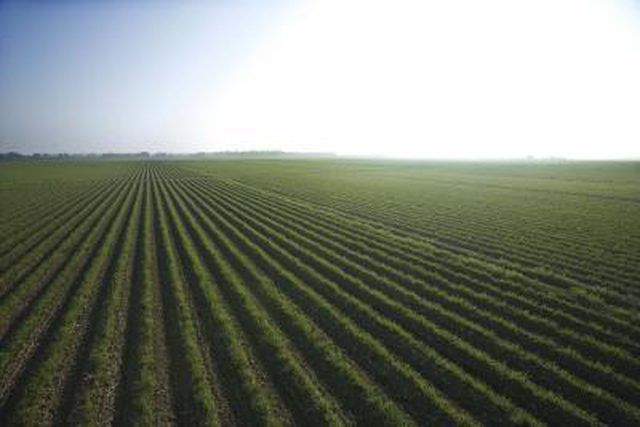Bulbs
Flower Basics
Flower Beds & Specialty Gardens
Flower Garden
Garden Furniture
Garden Gnomes
Garden Seeds
Garden Sheds
Garden Statues
Garden Tools & Supplies
Gardening Basics
Green & Organic
Groundcovers & Vines
Growing Annuals
Growing Basil
Growing Beans
Growing Berries
Growing Blueberries
Growing Cactus
Growing Corn
Growing Cotton
Growing Edibles
Growing Flowers
Growing Garlic
Growing Grapes
Growing Grass
Growing Herbs
Growing Jasmine
Growing Mint
Growing Mushrooms
Orchids
Growing Peanuts
Growing Perennials
Growing Plants
Growing Rosemary
Growing Roses
Growing Strawberries
Growing Sunflowers
Growing Thyme
Growing Tomatoes
Growing Tulips
Growing Vegetables
Herb Basics
Herb Garden
Indoor Growing
Landscaping Basics
Landscaping Patios
Landscaping Plants
Landscaping Shrubs
Landscaping Trees
Landscaping Walks & Pathways
Lawn Basics
Lawn Maintenance
Lawn Mowers
Lawn Ornaments
Lawn Planting
Lawn Tools
Outdoor Growing
Overall Landscape Planning
Pests, Weeds & Problems
Plant Basics
Rock Garden
Rose Garden
Shrubs
Soil
Specialty Gardens
Trees
Vegetable Garden
Yard Maintenance
How to Prepare a Field for Planting
How to Prepare a Field for Planting. When preparing a field for planting, it is important to preserve and enhance the topsoil. The topsoil is the upper 6 inches of soil where organic matter and microbes exist that break down the organic matter and create healthy soil. Many times the topsoil is deficient and cannot create conditions for optimal...

When preparing a field for planting, it is important to preserve and enhance the topsoil. The topsoil is the upper 6 inches of soil where organic matter and microbes exist that break down the organic matter and create healthy soil. Many times the topsoil is deficient and cannot create conditions for optimal plant performance. When this occurs, supplements like fertilizers and organic matter can help grow healthy plants. In recent times, the no-till method of farming is the preferred method of preparing a field for planting. This is a way of preparing the soil and planting that involves as little disturbance of the soil structure as possible.
Things You'll Need
Tractor
Herbicide application apparatus
Cover crop seed
Required fertilizer
Soil test results
Test the soil in the fall or late summer and find out what amendments to add to the soil to create optimal growing conditions for your crop. Consult your local county extension office for information on how to take a soil test.
Add the amendments. Lime, sulfur and phosphorus are added in the fall because they break down slowly and are used to adjust soil pH. Nitrogen and potassium are added in the spring before planting. Seed the field with a cover crop such as cereal rye grass to cover the topsoil over the winter. There is no need to add a cover crop over the winter if the soil will be covered with a dense snow pack or the ground will be frozen.
Clear the area of weeds and the cover crop before planting in the spring. Using the no-till method, spray the field with an herbicide using a spraying apparatus. Consult your local county extension office for approved herbicides. Glyphosate is a commonly used herbicide to clear fields for planting. Use of other herbicides may require a professional applicator's license. If you live in a rural community, you can find a professional applicator for hire through your extension office.
Wait at least two weeks before planting any crops after the herbicide application. During this period, add nitrogen, potassium or other amendments as outlined on the soil test taken in the fall. Using the no-till method, seeds are planted after the two-week waiting period if the soil temperature is sufficient for planting your crop. Dead plant matter from cover crops can be mowed before seeding or incorporated in the soil if planting beds need to be formed. The idea of no-till farming is to disturb the soil as little as possible to prevent bringing old weed seeds to the surface or disturbing the top 6 inches of soil.
Tips & Warnings
If using the tilling method, till in the cover crop and add the nitrogen and potassium over the soil in the spring during or after the tilling process. If not using a cover crop, till when soil can be worked in the spring, add required amendments, and plant when soil temperatures are sufficient for your crop.